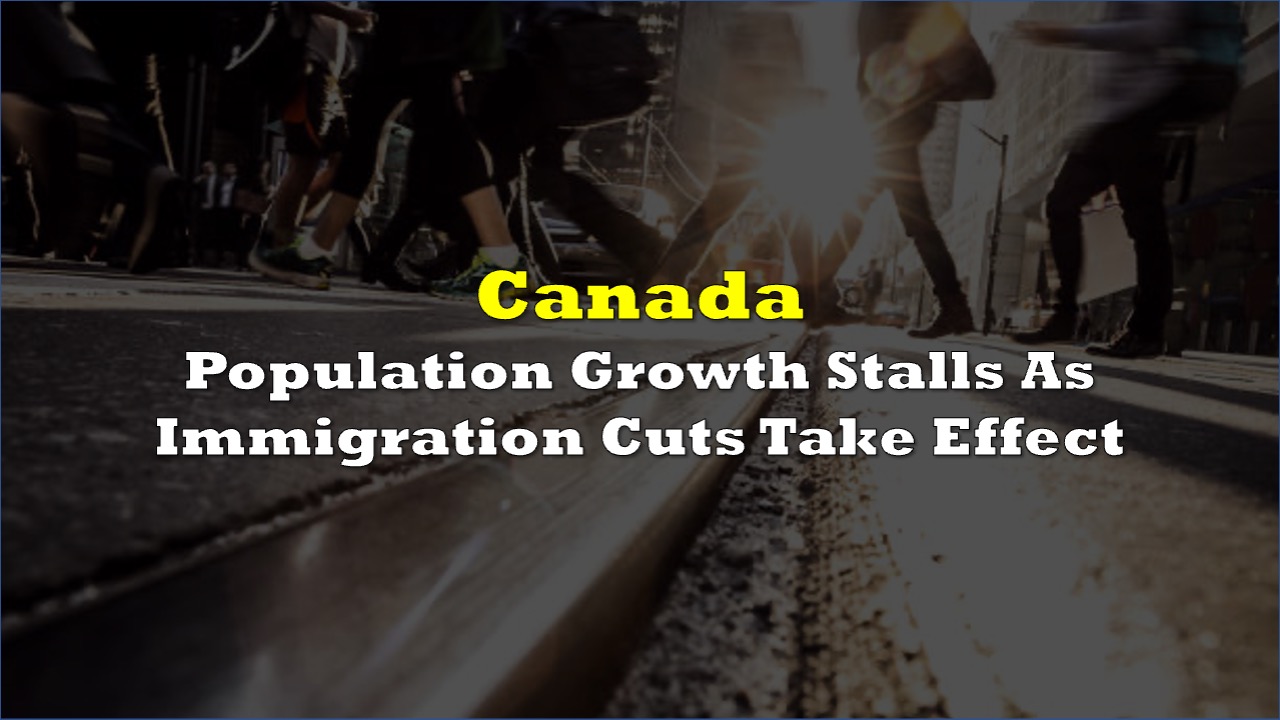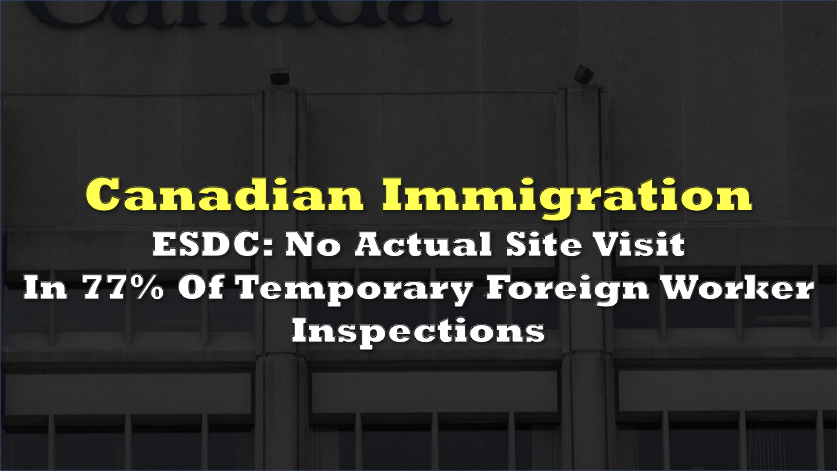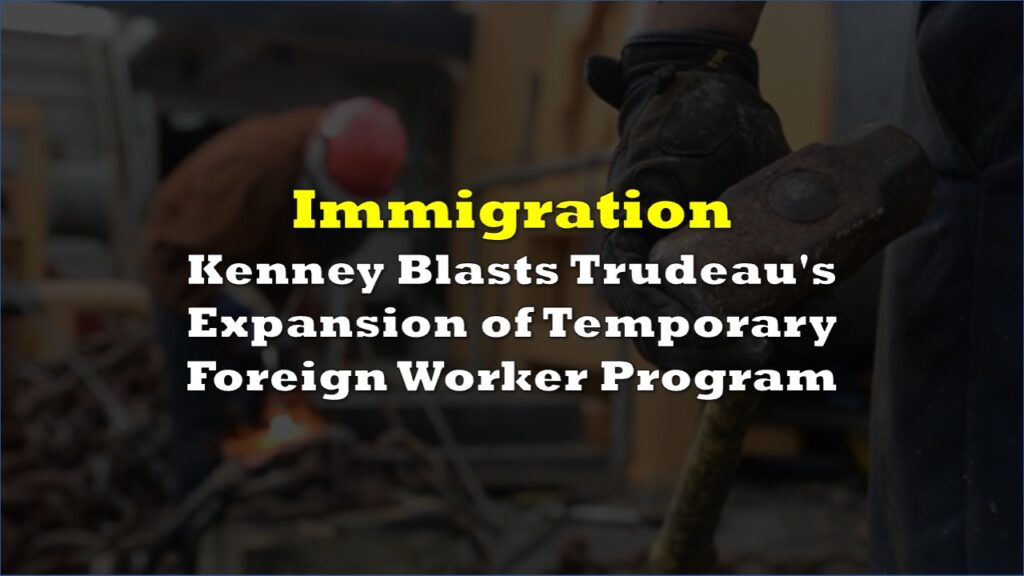Canada’s population growth has effectively stalled, rising by just 20,107 people in the first quarter of 2025 as the federal government’s immigration restrictions take hold, Statistics Canada reported Wednesday.
The 0.0% quarterly growth rate marks the country’s slowest population increase since the COVID-19 pandemic and represents the second-slowest growth since comparable records began in 1946. Canada’s population reached 41,548,787 people as of April 1.
Canada's temporary resident population declines for second consecutive quarter: pic.twitter.com/R2F03Le6bh
— Millennial Moron (@Mill_Moron) June 18, 2025
The slowdown stems from the Liberal government’s 2025-2027 Immigration Levels Plan, which, for the first time, sets limits on temporary residents, including international students and foreign workers. The number of non-permanent residents dropped by 61,111 people during the quarter.
Read: Carney to Cut Canada Immigration from Record Peaks But Stay Above Historical Averages
Non-permanent residents now comprise 7.3% of Canada’s total population, down from 7.4% in October 2024, as the government works toward its target of 5% by the end of 2026. International student permits have been capped at 437,000 for 2025, representing a 36% decrease from 2023 levels.
The government reduced permanent resident targets from a previously planned 500,000 annually to 395,000 in 2025, 380,000 in 2026, and 365,000 in 2027. More than 40% of overall permanent resident admissions in 2025 will be people already in Canada as temporary residents.
Several provinces experienced population losses during the quarter. Alberta was the only province to see significant growth through interprovincial migration as workers moved from other provinces.
“We’ve argued all along that the explosion in population growth — to nearly 1.3 million people within a year at one point — was playing a major role in many economic issues Canadian policymakers have been struggling with,” Robert Kavcic, senior economist at Bank of Montreal, told The Globe and Mail.
Rents in the Greater Toronto Area declined 2.2% in the first quarter of 2025, according to real estate research company Urbanation. The government projects the immigration cuts will reduce the housing supply gap by approximately 670,000 units by the end of 2027.
Information for this story was found via the sources and companies mentioned. The author has no securities or affiliations related to the organizations discussed. Not a recommendation to buy or sell. Always do additional research and consult a professional before purchasing a security. The author holds no licenses.










One Response
And now…Mr. Polievre is screaming at the Liberals to increase the population (preferably with all those babies womens’ biological clocks are ready to produce! An incredible screamer he is lol. Go Bonnie Critchley go.